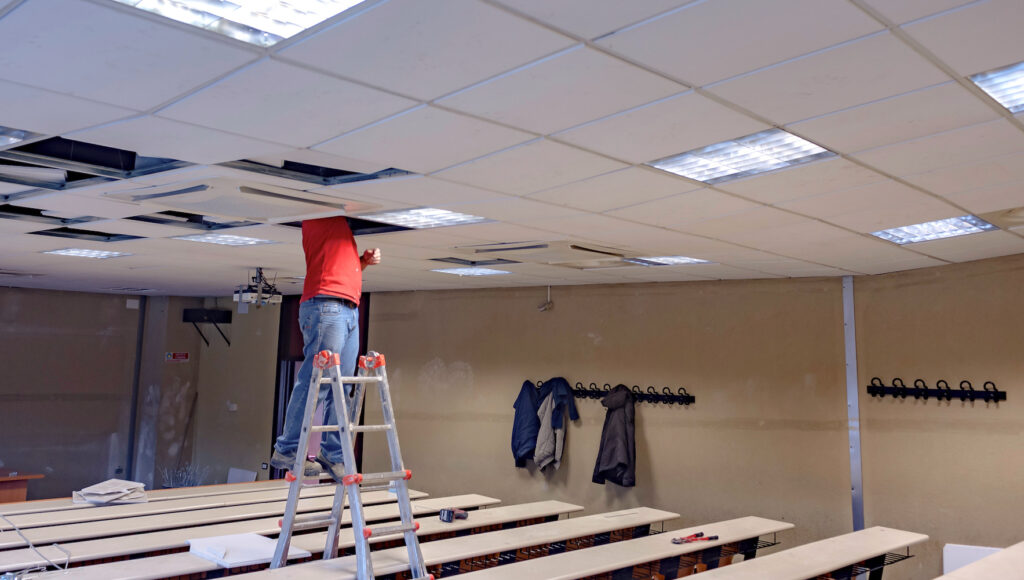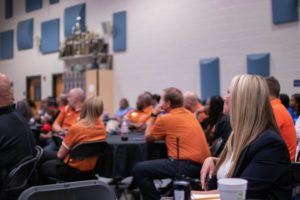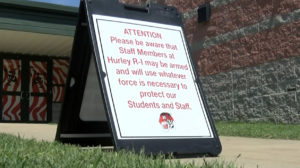How safe are school buildings, funded by taxpayers? We don’t know, think tank warns
It’s simply not known how safe school buildings are across the country, and there’s little accountability to taxpayers on the matter, according to a post by a global policy think…

It’s simply not known how safe school buildings are across the country, and there’s little accountability to taxpayers on the matter, according to a post by a global policy think tank.
“From asthma to obesity to lead poisoning, the condition of the places where children spend their time impacts their health, wellbeing, and ability to learn,” writes infrastructure and environmental analyst Naomi Stern, in a post by The Federation of American Scientists.
Students and staff alike may be endangered by outdated ventilation and sanitation systems. For example, the U.S. Government Accountability Office has estimated half of all school districts need to update or replace their HVAC or plumbing systems.
“The COVID-19 pandemic brought the importance of indoor air quality into the public consciousness,” Stern writes. “Many other chronic diseases are exacerbated by inadequate facilities, causing absenteeism and learning loss.”
The report comes as states have reported an increased number of students who are chronically absent, defined as missing at least 15 days of school in one year.
Yet, the nation’s schools lack a systematic method to track data and conditions relating to infrastructure and, therefore, the health of schools’ physical plants.
“Despite the clear connections between students’ health, learning, and the condition of school buildings, there are no standardized national data sets that assist school leaders and policy makers in making informed and strategic decisions to systematically improve facilities to support health and learning,” Stern warns.
The quality of school buildings and their mechanical systems varies widely across states, making it even more difficult to provide a standardized measuring system nationwide.
“Some state governments have no school facilities staff or funding to help manage or improve school facilities,” Stern reports.
The Federation of American Scientists is calling for more data on school infrastructure to be made available to the public, especially considering how much taxpayers are already paying for it. Infrastructure for elementary and secondary education is one of the leading public capital outlays nationwide, second only to highways, Stern observes.
“Most funds to maintain school facilities come from local and state tax sources. Considering the sizable taxpayer investment, relatively little is known about the condition of these facilities. … Publicly available data increases transparency and accountability, resulting in more informed decision making and quality analysis.”
Enrollment in public vs. Christian schools
Questions about taxpayer investment in school infrastructure become even more relevant as enrollment in public schools declines across the nation – and while Christian schools are reporting mushrooming demand.
Christian schools reopened for in-person instruction “much sooner” than public schools during the pandemic, according to a report from the Association of Christian Schools International (ASCI).
Students in Christian education also outperformed their public-school peers in math and reading scores.
“The average [Christian school] student scored more than 10 points above the national norm in mathematics and roughly 20 points above the national norm in reading,” wrote Matthew H. Lee and Eric W. Price on the ASCI blog. “ACSI schools managed this feat each year of the pandemic.”



